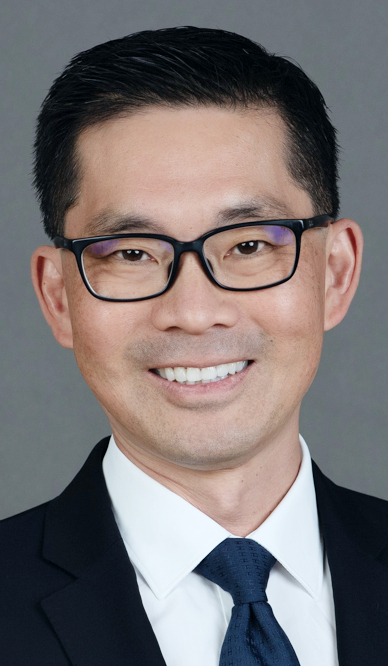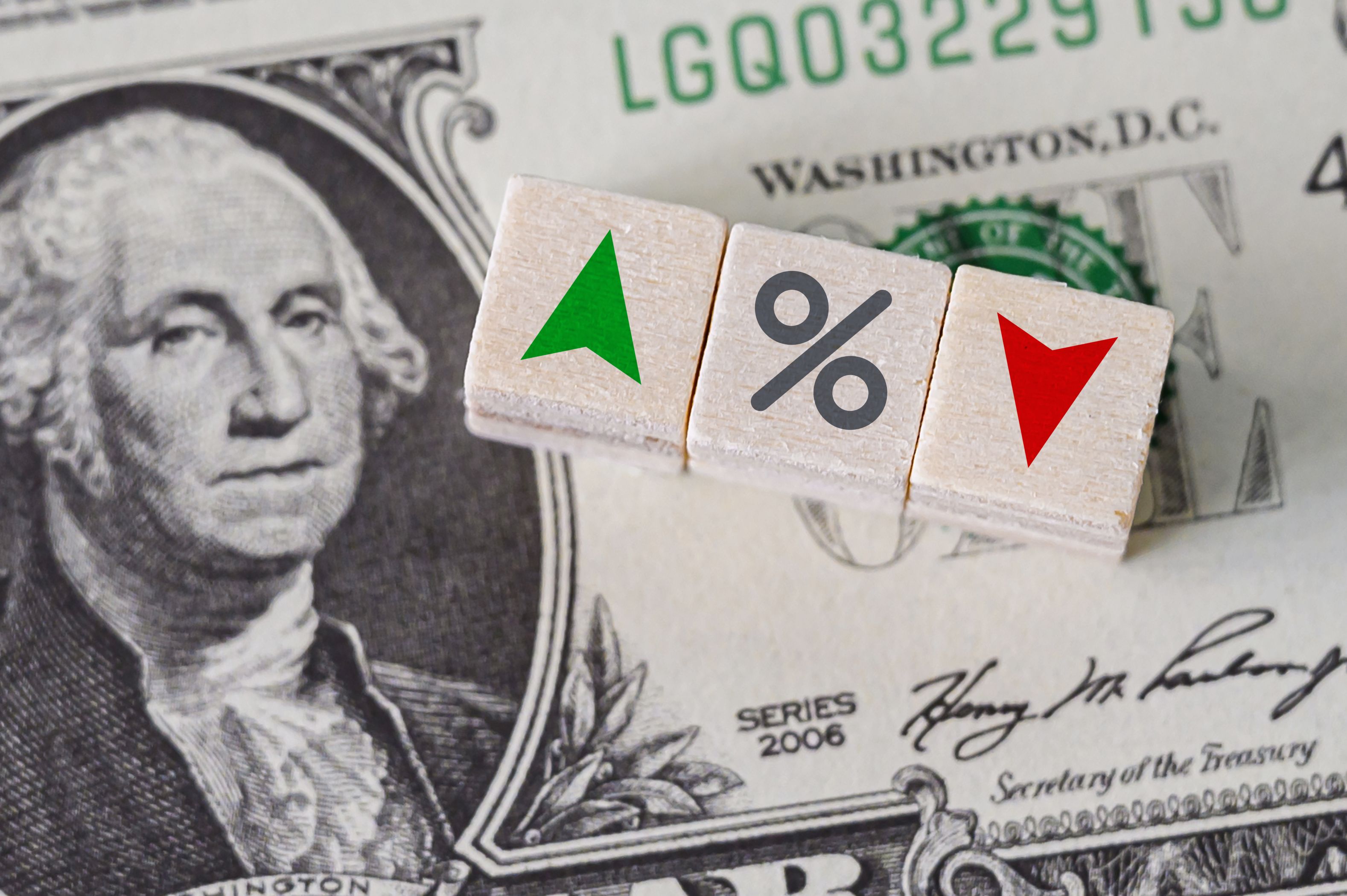
With more institutional investors conscious of the value of forests and woodlands as not just fundamentally indispensable to our biodiversity, but as long-term revenue-producing tangible assets, could 2023 be the breakthrough year for the forestry sector?
Forestry offers attractive investment returns and inflation protection, as well as the potential for alleviating climate change through carbon capture. Professionally managed forests are also now being sought after for their value as conservation projects, which the plethora of new carbon exchanges require as carbon trading demand ramps up.
In 2022 there were at least two notable deals that saw boutique forestry funds acquired by heavyweight global institutions, thereby raising the profile of the natural asset. Earlier this month global fund manager BNP Paribas Asset Management acquired a majority stake in leading Danish natural resources specialist International Woodland Company. And in May, Japanese multinational Mitsui & Co and Japanese financial services group Nomura Holdings came together to buy global forestry manager New Forests for an undisclosed sum.
MSCI is also set to launch a set of tools to help investors identify companies at risk of contributing to biodiversity loss and deforestation.
The Asset recently spoke with 20-year forestry investment veteran Geoffrey Seeto, the Singapore-based head of emerging markets at New Forests who oversees his firm’s forestry investment programme in Southeast Asia and Africa, to get his view on the growth of the industry and what he predicts for the sector in 2023.
The Asset: Could 2023 be a year when more investors recognize timber as a serious investible asset that can offer not just income but stable long-term returns and protection against inflation?
Geoffrey Seeto: The forestry asset class has always exhibited favourable portfolio attributes such as low correlation with other asset classes, natural inflation hedging and low volatility of returns. With a greater global focus by individuals, corporates and institutional investors on climate change mitigation and net-zero goals, we envision more capital being scaled into the nature-based investment space.
We’re also seeing an increasing number of investors looking at this asset class for not just its portfolio attributes such as inflation hedging and stable returns, but as a way to meet decarbonization goals and deliver tangible results to the circular bio-economy, alongside communities and livelihoods.
TA: With more single-family offices being established in Asia and the generational wealth transfer taking place across the region, does that bode well for more investment into the forestry sector?
GS: As the younger generation of families places more emphasis on impact and helping to tackle environmental challenges, forestry can certainly be seen as part of the solution while still providing a competitive return on investment.
We’re seeing more family offices in Asia are investing in sustainable-type investments, with 85% of family offices in Hong Kong looking to increase their allocation to impact and sustainable investments next year. Additionally, family offices in Asia are looking to increase their allocation to alternative assets, which should bode well for the forestry and agriculture sectors.
TA: Do you expect to see more acquisitions in the forestry and agricultural resources sectors in 2023?
GS: We have already started to see some consolidation in the forestry and agriculture sectors and expect more institutional investors and corporates to invest in 2023.
TA: As the demand for carbon offsets rises, what is the outlook for Asia both in terms of supplying the carbon offset assets and for the nascent carbon exchanges in Hong Kong and Singapore?
GS: We see increasing demand from corporates aiming to meet their net-zero targets. However, there are currently limited projects and assets generating verified carbon credits in the Asian region, and there is a rush of developers and investors into the landscape without extensive consideration of the risks.
We receive several queries from investors about how to assess the quality and integrity of the development and use of carbon credits. Late last year we developed our carbon credit integrity policy which sets out guidance around this important and evolving topic.
We provide views on supply-side integrity, i.e., that the carbon credits deliver the emissions reductions they claim to represent, and on the demand-side integrity, i.e., that the purchaser of the carbon credit is using it as part of a credible strategy in line with achieving the goals of the Paris Agreement.
TA: With the use of fossil fuels under pressure do you expect to see the use of forest chips and pellets increasing and who will benefit geographically?
GS: Since the Paris Agreement of 2015, there has been a concerted effort to transition the global economy away from fossil fuels and towards the goal of keeping global warming well below 2 degrees Celsius, and preferably to 1.5 degrees Celsius.
Sustainable forestry is a solution to climate change both in terms of the potential of forestry assets to absorb and store carbon dioxide from the atmosphere, but also to provide low embodied energy and low-emission substitutes for higher-emitting materials.
The recognition of the role of forestry and land use in reaching net-zero emissions has greatly increased since the Paris Agreement. Some researchers have suggested that up to one-quarter of the decarbonization process will come from forest conservation, reforestation and restoration of degraded ecosystems, and sustainable forestry and agriculture. That represents around 10 billion tonnes of emission reductions and carbon removals per annum.
TA: Could a potential recession in major markets hit the value of timber in 2023, particularly in relation to house-building and consumer demand for wood-related products?
GS: Construction is a major driver of timber demand, and while there may be a slight pause due to a recessionary environment, we don’t believe this will have a long-term adverse effect on the demand for timber.
The global urban population is forecast to rise by 18% by 2030 and 52% by 2050, driven by both population growth and the move from rural to urban areas to seek prosperity. This increased urbanization will lead to a future increase in housing, plus products such as tissues, paper and packaging, manufacturing, and energy needs, which in turn will drive future wood demand.
TA: Can you see or predict any digital breakthroughs that will help bring efficiencies and better margins to the sector next year?
GS: As the world wrestles with a transition to sustainability, competition among various land uses will intensify. Timber, agricultural commodities, carbon and biodiversity credits, water rights, wind farms, solar farms and urban development will all need to be accommodated in an optimal fashion. Sophisticated geospatial and temporal optimization modelling will be used to examine land allocation at an ever more granular scale.









